Physical Address
304 North Cardinal St.
Dorchester Center, MA 02124
Physical Address
304 North Cardinal St.
Dorchester Center, MA 02124
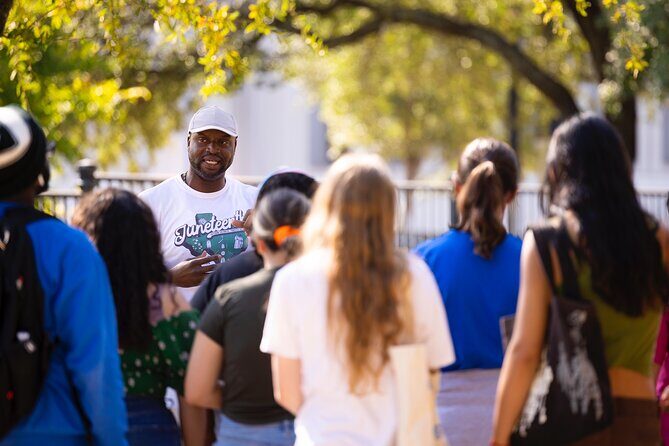
Discover Austin’s Black history with an engaging walking tour through East Austin, visiting iconic sites, murals, and cultural landmarks in just 2 hours.
Exploring Austin’s Black Heritage: The East Austin Black History Walk Tour
If you’re interested in uncovering the stories that shaped East Austin’s vibrant Black community, the East Austin Black History Walk Tour offers a compelling snapshot. This two-hour guided stroll takes you through a crucial part of Austin’s past and present — from historical landmarks to contemporary murals. What makes this experience particularly appealing is the focus on authentic sites and supporting local Black-owned businesses, which adds a meaningful layer to the tour.
One feature we really appreciate is how in-depth the guide goes into the neighborhood’s history, blending visual sights like murals and historic buildings with conversations on community resilience. The tour’s affordable price point of $50 per person makes it accessible, especially considering the wealth of knowledge and cultural insights included. Still, with a relatively short duration, it’s best suited for those who want a focused, impactful introduction rather than an exhaustive history lesson.
A possible consideration is that this tour covers less than a mile on foot, so it’s ideal for those who enjoy walking but might not be suitable for anyone with mobility issues. This walk is perfect for history buffs, culture lovers, or travelers who want to connect meaningfully with Austin’s Black community and its ongoing story.
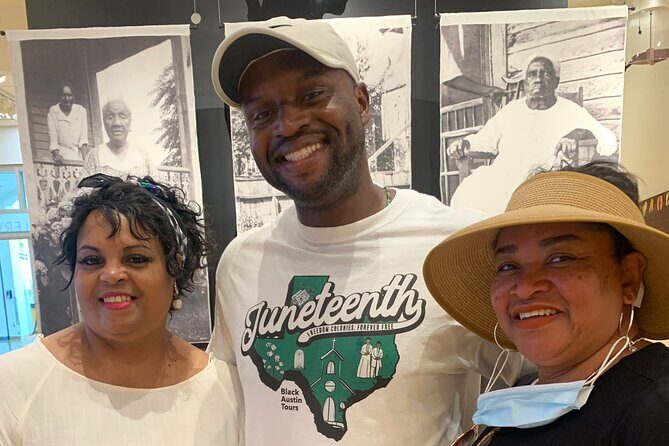
History buffs will find these Austin heritage tours enlightening
The tour begins at the African American Cultural and Heritage Facility, a fitting starting point to understand East Austin’s significance. Here, the guide (who is praised for being friendly, engaging, and easy to follow) introduces the neighborhood’s origins, emphasizing the 1928 Master Plan that established the “Negro District” centered around East 11th Street. Walking along the benches at the front of the center, visitors learn about how African Americans migrated into East Austin from across the city, building a resilient and culturally rich community.
What truly stands out here is the Dedrick-Hamilton House, built by formerly enslaved individuals in the 1890s. This house remained in the family for generations, a testament to the neighborhood’s deep roots. The guide’s storytelling makes these historic homes come alive, and the mural dedicated to influential African Americans adds an inspiring visual element.
Next, the tour passes by the Rhapsody Mural, a vibrant piece of public art, before heading to the Victory Grill. This historic venue played a major role during Jim Crow, serving as a hub for Black musicians and entertainers. The guide explains the significance of the Chittlin Circuit — a touring circuit for Black performers — and how Austin’s Victory Grill contributed to the city’s music scene.
Guests learn that the Victory Grill was not just a venue but a symbol of resilience and cultural pride. This stop offers a glimpse into the lively music and entertainment scene that flourished in East Austin, giving the tour a rhythm of its own.
Moving on, the group visits Wesley United Methodist Church, founded in 1865 by freedmen. The guide delves into how religious institutions became pillars of the community, offering stability and opportunities for leadership and education. Notable here is Huston-Tillotson University, the oldest historically Black college in Texas, which was started in Wesley’s basement.
A particularly powerful part of this stop is the “Lynching in Travis County” marker on the church’s lawn. The guide facilitates a respectful discussion on this dark chapter of history, emphasizing the ongoing fight against racial violence and injustice. This honest conversation underscores how community institutions have historically resisted racial oppression.
The tour concludes at the George Washington Carver Museum, a hub of Black cultural preservation. The guide explains how the Black community successfully petitioned to move the city’s segregated library branch to the “Negro District,” highlighting ongoing efforts for equitable access to resources.
A highlight here is the “Voyage to Soulsville” mural painted by John Fisher, an Austin native and renowned artist. The guide describes Fisher’s work, connecting it to themes of community resilience and cultural pride. Visitors can see how murals and public art serve as powerful storytelling tools, celebrating Black heritage vividly.
If you enjoy exploring Austin on foot, these walking tours might also suit your style
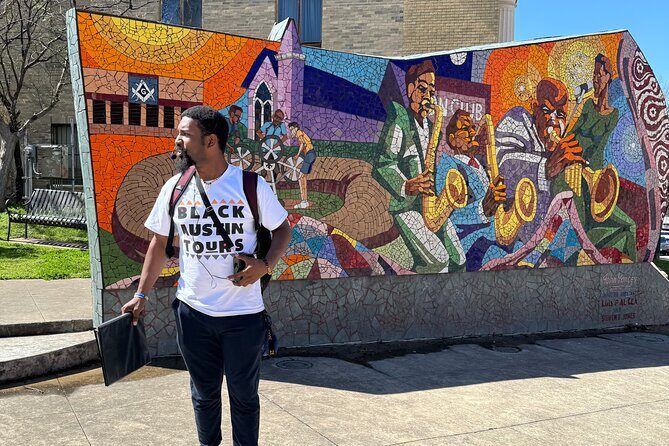
The tour is designed for a maximum of 25 travelers, making for an intimate experience where questions and conversations are encouraged. Starting at 912 E 11th St, the route is manageable for most walkers, covering about a mile. It’s a walking tour with a flexible pace, allowing time for reflection at each site.
The price of $50 is reasonable considering the depth of insight, site visits, and the opportunity to support Black-owned businesses in East Austin. Since most of the sites have free admission, the tour is an excellent value for discovering history in an engaging, accessible way.
The guide’s approach is friendly and knowledgeable, making complex topics like lynching and racial segregation approachable and respectful. While the tour doesn’t include transportation, its proximity to public transit makes it easy to access without hassle.
Since the experience is outdoors and involves walking, good weather is essential. The tour offers free cancellation up to 24 hours before, providing flexibility if plans change or bad weather threatens.

This tour is ideal for history buffs wanting an authentic look at Austin’s Black community. It’s perfect for culturally curious travelers interested in social justice, local heritage, and community resilience. The focus on supporting Black-owned businesses adds an extra layer of meaning for ethically conscious visitors.
Those seeking a quick, impactful cultural experience will find this tour both educational and inspiring. However, if you’re looking for a comprehensive, deep dive into every aspect of Black history in Austin, you might want to pair this with other experiences.
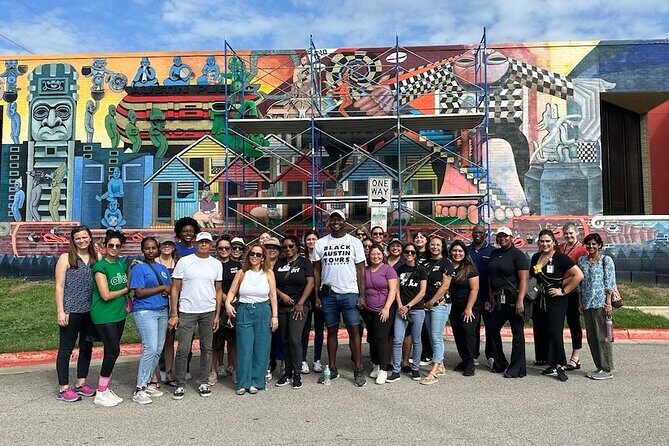
The East Austin Black History Walk Tour offers a genuinely insightful look into a crucial part of Austin’s identity. It combines engaging storytelling, meaningful site visits, and conversations on social justice, all within a manageable two-hour timeframe. The focus on community and cultural preservation makes it more than just a sightseeing walk — it’s an opportunity to connect, reflect, and support local Black entrepreneurs.
The knowledgeable guides, such as the one praised for being friendly and easy to follow, enhance the experience with their warmth and insights. The visual elements, from murals to historic houses, help bring history to life. And for just $50, you’re gaining a valuable perspective on a neighborhood that continues to grow and change.
This tour suits travelers eager to learn, engage, and support positive cultural initiatives. It’s a must-do for anyone wanting a respectful, authentic, and impactful introduction to Black Austin.
“Our tour guide was amazing! She was very nice and friendly, and the way she explained the history of Texas was super easy to follow.”
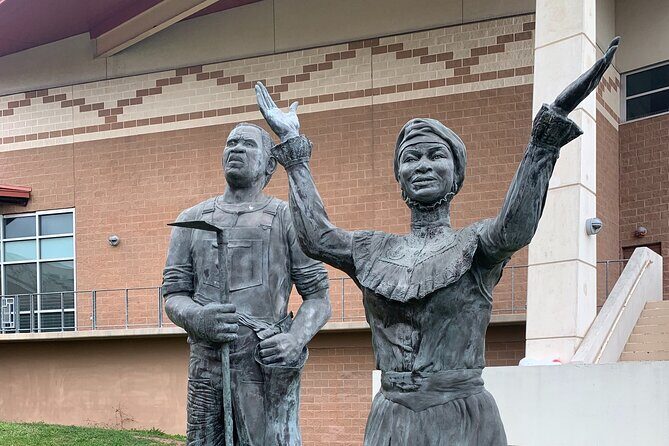
Is this tour suitable for all ages?
Yes, most travelers can participate, and it’s designed to be engaging for a wide audience, including families interested in local history.
How long does the tour last?
It takes approximately 2 hours, covering about a mile on foot with time at each site for discussion and photos.
Are there any costs besides the tour fee?
Most sites visited have free admission, so there are no additional costs unless you choose to purchase something at specific locations.
What should I bring?
Comfortable walking shoes, water, and an open mind for engaging conversations. Sunscreen and hats are advisable in sunny weather.
Can I cancel if my plans change?
Yes, you can cancel free of charge up to 24 hours before the tour for a full refund.
Is the tour accessible for those with mobility issues?
While it’s a short walk, some sites involve outdoor walking, so mobility considerations should be taken into account.
Do I need to book in advance?
Yes, most bookings are made about 24 days ahead; the tour tends to fill quickly, especially during peak travel times.
In summary, the East Austin Black History Walk Tour is a thoughtfully curated experience that blends history, culture, and community. It’s especially valuable for those wanting a meaningful, affordable look into Austin’s Black heritage, supported by passionate guides and authentic sites. Whether you’re a history lover or simply curious about Austin’s diverse stories, this tour offers a window into a vibrant, resilient community that continues to shape the city today.